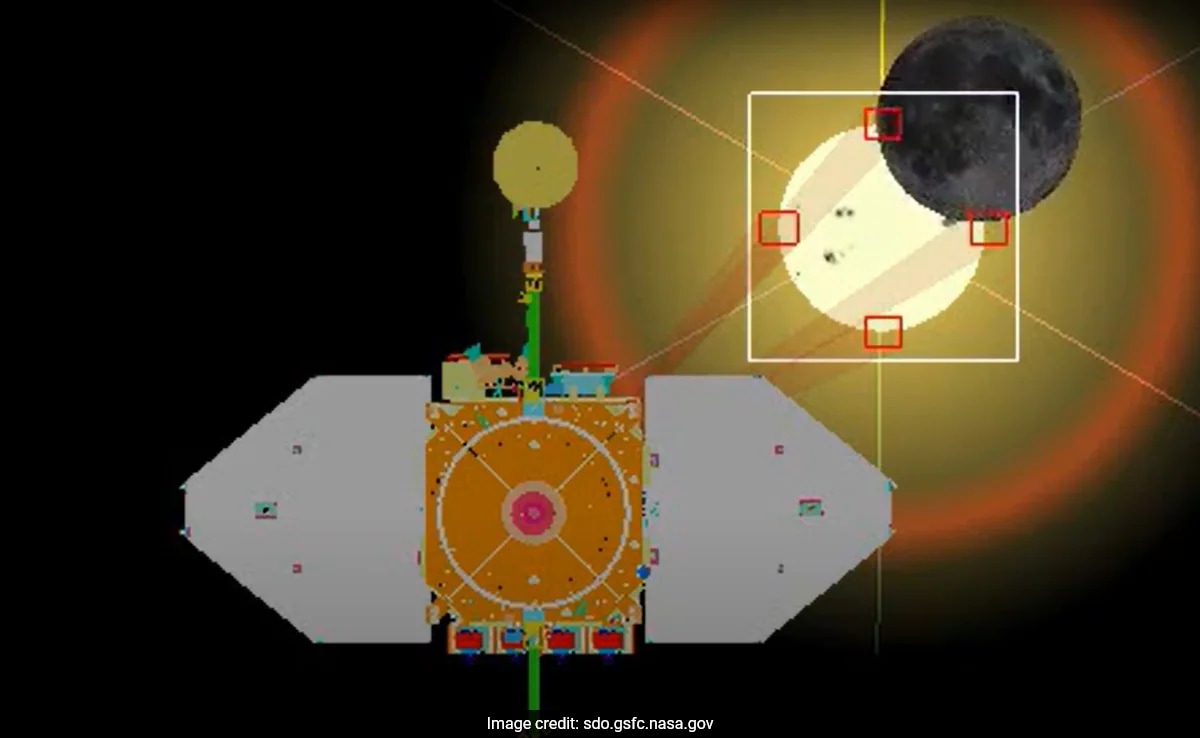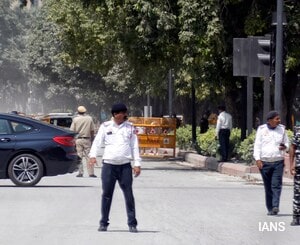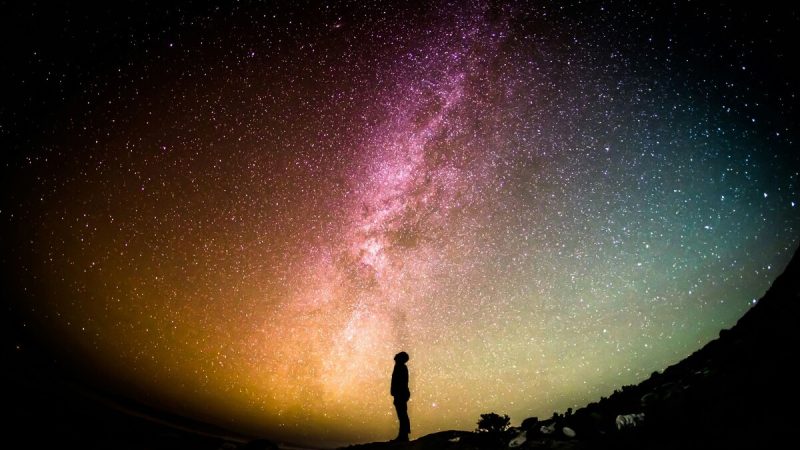NASA Satellite Captures Solar Eclipse Visible Only From Space

A solar eclipse visible only from space was captured in various images thanks to the US space agency NASA’s Solar Dynamics Observatory (SDO). According to Forbes, the event took place on Sunday, April 27. The moon blocked 23% of the sun in a partial eclipse, but it was not possible to see this from Earth. The images of the “lunar transit” show in its entirety, before a large dark orb – moon – passes by, blocking almost a quarter of the star from view.
NASA’s Solar Dynamics Observatory (SDO) is a semi-autonomous spacecraft that points at the sun, allowing almost continuous observation. The satellite was launched in February 2010. Since then, it has observed multiple lunar transits, or eclipses, many of which are not visible from Earth.
According to NASA, there will be another eclipse on May 25 that will cover only four per cent of the sun. Another eclipse is due on July 25, which is expected to cover 62% of the sun.
This is not the first time an eclipse has been seen by SDO or by astronauts in space. According to Forbes, several Apollo astronauts witnessed an eclipse of the sun as they travelled to the moon.
Also Read | ‘Godfather Of AI’ Reveals The Odds Of Humanity Being Overrun By Machines
Notably, the last solar eclipse visible from Earth was in March this year, which caused the moon to turn a deep red colour. The phenomenon is known as a Blood Moon, as the same atmospheric effect that causes sunsets to appear red affects the moon.
“A lunar eclipse occurs when the Sun, Earth, and Moon align so that the Moon passes into Earth’s shadow. In a total lunar eclipse, the entire Moon falls within the darkest part of Earth’s shadow, called the umbra,” NASA said at the time.
The next solar eclipse visible from Earth will be on September 21. It will be visible from New Zealand, the South Pacific and Antarctica.
A total solar eclipse will take place on August 12, 2026. It will be visible from within a narrow path of totality that passes through eastern Greenland, western Iceland and northern Spain, with totality lasting just over two minutes. The total eclipse is the best kind, during which the moon momentarily blocks out all of the sun, allowing its corona to be seen with the naked eye.






